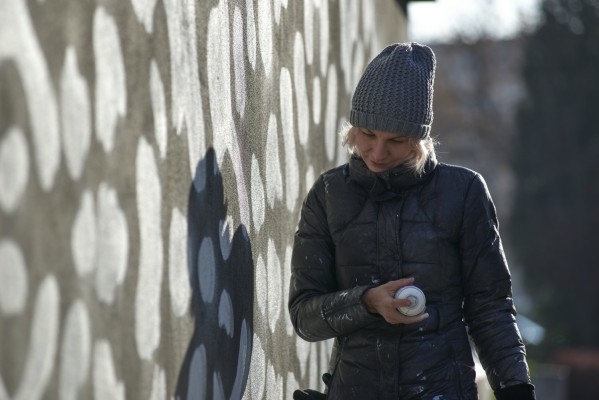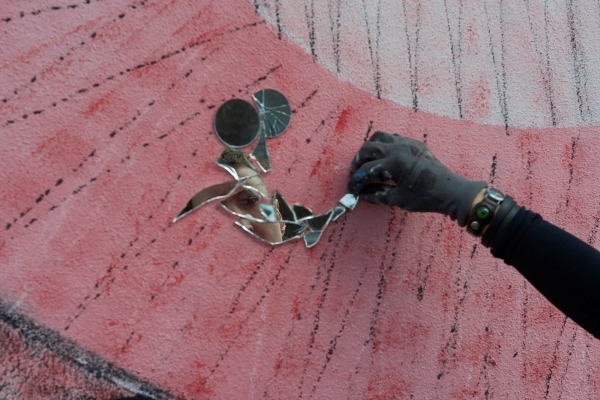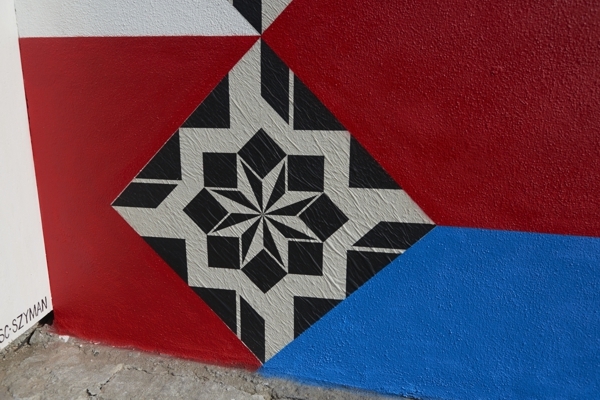FAN of STREET ART
The Starak Family Foundation becomes a street art fan!
Since the global graffiti boom in the 1980s, street art has been the most dynamically developing discipline of visual arts. It provides unlimited formal possibilities, from murals and stencils, to billboards and stickers, to installations, sculptures and video screening. Street art has become a synonym of artistic freedom, a domain of independent artists, far from the marketised official art circulation. At the same time, critics and curators of the largest cultural institutions all over the world keep an eye on their actions, tirelessly looking out for another genius comparable to Banksy.
The specificity of street art, which to a certain extent is the reason for its international success and universal influence, consists in understanding public space, which is shared by everyone, as a room for dialogue without aggression, a field for free exchange of thoughts and ideas, an area outside censorship, albeit characterised by specific rules, and finally as a generally accessible, egalitarian gallery of contemporary art. By choosing the “street” instead of the “canvas”, artists decide above all to join a spontaneous and direct interaction with recipients, which takes place away from the academic discourse or a curator’s decision. It is us, often random passers-by, that become the primary addressees and at the same time equal partners and reviewers of art projects, public announcements, or witty caricatures of reality created by street artists.
By the Fan of Street Art project we would like to come closer and establish a dialogue with the multi-faceted and fascinating issues of art in the public space. Murals created by the currently important artists representing this stream will appear every three months on the Spectra building wall, which has been adapted specifically for that purpose. We want to draw attention, arouse interest and encourage discussion about one of the greatest phenomena of art of the recent years.
“In the end, it’s up to you as the viewer to decide what is art and what is not, what is interesting and what is not. But before you make up your mind, you have to learn to see” (Cedar Lewisohn, Street art. The graffiti revolution, 2008).
Septemeber - November 2016



